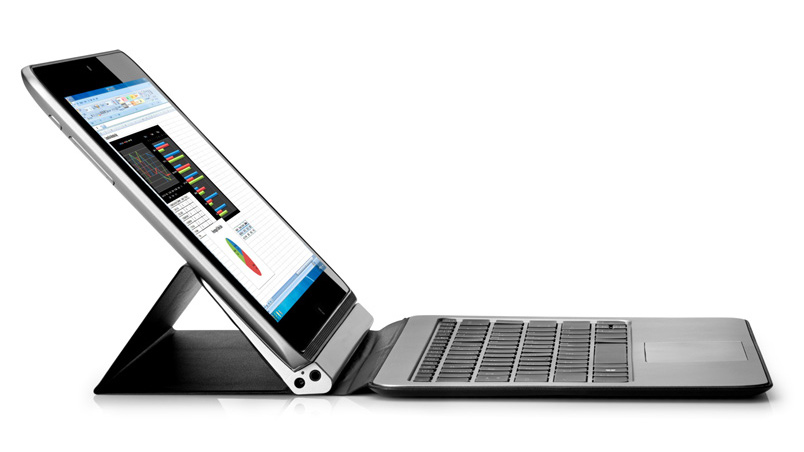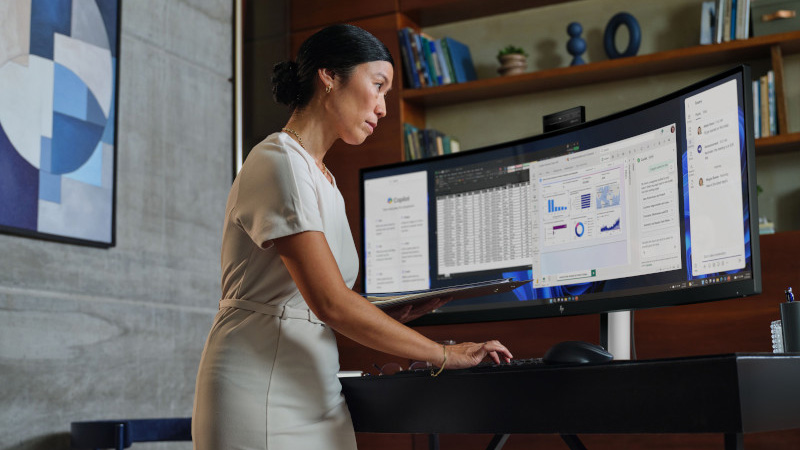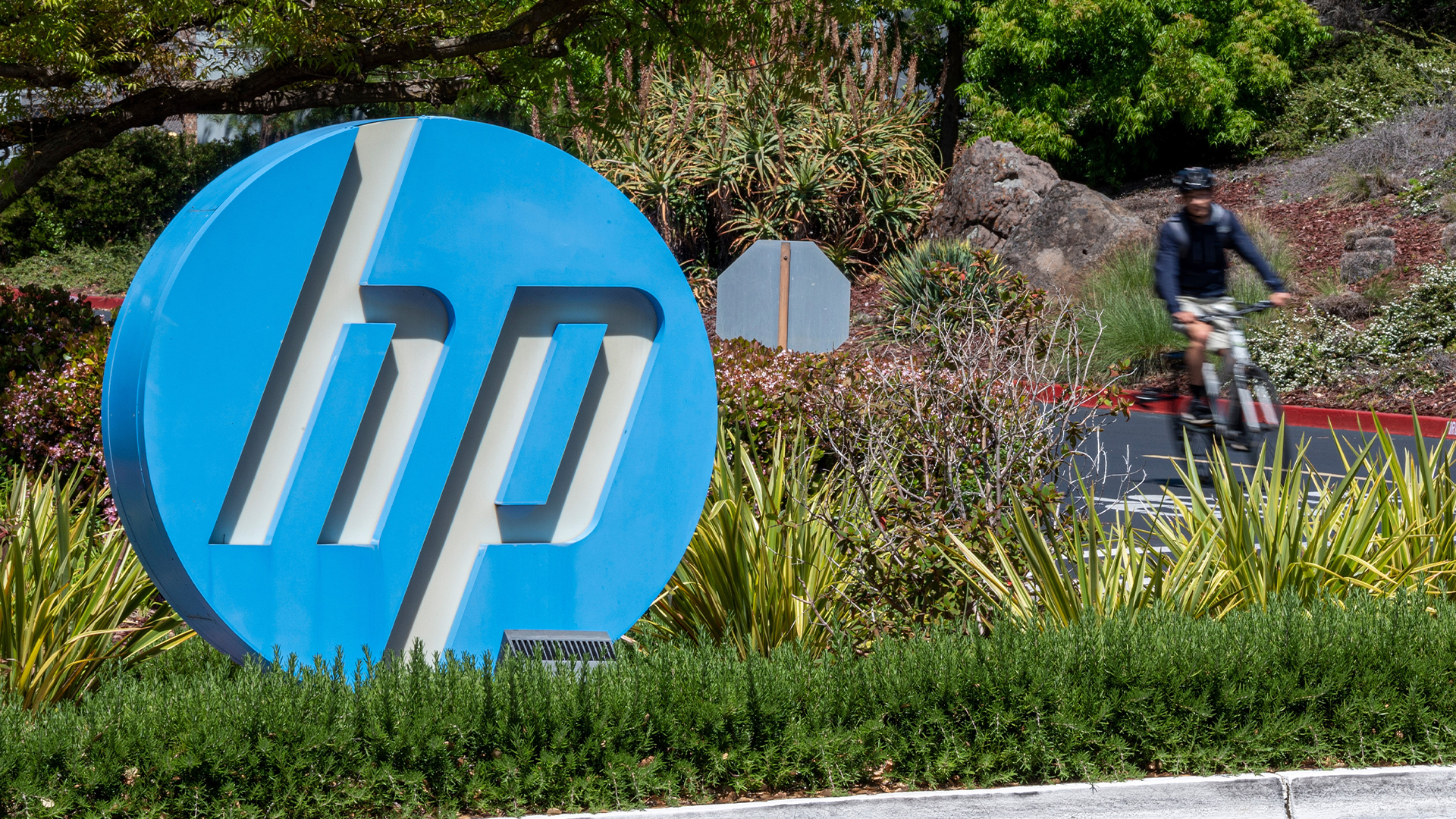Style and substance in a mobile package
The best design is as much about how something works as how it looks and that’s certainly the case with mobile technology.

The best design is all about striking a balance between style and substance. Too much of one and too little of the other seldom results in a successful product, and that's particularly important when it comes to the personal computer.
Design has been critical to the computer's popularity since the early days of the desktop PC. Anyone who remembers those big beige boxes of the 1980s and 90s might beg to differ, but there's no denying that the success of those first PC compatibles hinged on their modular nature and support for readily upgradeable components. That all stemmed from great design, of course, which as ever was as much about how the PC worked as how it looked.
Form vs function
Technology has moved on apace in the intervening decades, but combining form and function effectively is still a serious challenge. After all, visualising a computer that breaks the mould in exciting new ways is relatively easy; realising it effectively with currently available technology is anything but and no one wants to be accused of announcing never-to-be-available vapourware.
Getting that combination right might explain why the desktop PC hasn't really changed that much over the last 30 years. The traditional two-box design ticked all the right boxes for business users and it's still commonplace in offices worldwide, although dimensions have shrunk and specifications have increased by an order of magnitude or two. Portable computers, on the other hand, are all but unrecognisable from those early models and it's here where the real innovation is now taking place.
From luggable to portable
Computers small enough to carry around have been envisioned by science fiction authors and computer scientists for a very long time, but the first truly portable model wasn't created until 1980. The compact notebooks we're now all familiar with only became possible with the advent of the flat-screen display a few years later, but there was still a considerable wait before energy-efficient high-resolution colour screens became a practical proposition.
A high-resolution display isn't much use without a graphics processor powerful enough to push all those pixels around, of course, plus enough memory to hold the data those dots of light represent. And let's not forget the host of other tightly integrated components that make a modern computer possible, including a processor capable of making them all act together in smooth concert.
Fitting all of that into something the size of a chest freezer was once little more than a pipe dream, but now it's commonplace to carry it around in a case that slips into a shoulder bag. But even that kind of portability is starting to look out of place these days as is the very notion of a traditional laptop. Mobile professionals who like to travel light are now turning to tablets to meet their business needs and it's here that that balance between style and substance becomes all the more important.
Balancing mobile design for business
Any mobile computer designed for professional use needs to address a specific set of needs that cut across business boundaries. Enough performance to run the OS and applications well is an obvious one, but features like comprehensive security measures and easy remote management are just as important. And of course this all needs to be wrapped up in a design that cuts a dash in a modern office and not draw derisory looks from a client or colleague. That's where the HP Elite x2 1011 comes in.
The Ultrabook has already shown how cutting edge technology can be used to pare down notebook design to the absolute minimum without sacrificing performance and now the HP Elite x2 1011 takes that idea a step further. It may have all the trappings of a notebook, but the Elite x2 1011 is actually a lightweight 11.6in tablet, with the keyboard being a detachable accessory, although that really doesn't do it justice.
With a built-in fingerprint reader, smart card reader, expansion ports and second battery, that full-size keyboard is an invaluable add-on for business users albeit one that can be disconnected when it isn't needed, or replaced with a lightweight travel model for added mobility.
In tablet mode, behind that crystal clear 11.6in Full HD IPS multi-touch display sits an impressive specification. With an Intel Core M dual-core processor with Intel HD Graphics 5300, 8GB RAM and fast SSD storage, the HP Elite x2 1011 is well-equipped when it comes to running Windows 10, but it meets those critical business needs, too. HP Sure Start, HP BIOSphere, HP Client Security and an optional self-encrypting drive also make sure your private data stays that way, while HP Touchpoint Manager makes for simple hardware and software management via a single cloud-based solution.
But let's not forget that final all-important feature how does the HP Elite x2 1011 look? Beauty is always in the eye of the beholder, of course, but with clean lines and a sleek magnesium finish that's both durable and stylish, this is one business portable with style and substance in perfect harmony.
Sign up today and you will receive a free copy of our Future Focus 2025 report - the leading guidance on AI, cybersecurity and other IT challenges as per 700+ senior executives
-
 The NCSC touts honeypots and ‘cyber deception’ tactics as the key to combating hackers
The NCSC touts honeypots and ‘cyber deception’ tactics as the key to combating hackersNews Trials to test the real-world effectiveness of cyber deception solutions have produced positive results so far
-
 Can data center supply keep up with AI demand?
Can data center supply keep up with AI demand?News New research from Goldman Sachs points to a precarious balancing act for data center operators
-
 HP ProBook 4 G1a review: A no-frills business machine for the average office
HP ProBook 4 G1a review: A no-frills business machine for the average officeReviews A serious but dull business laptop, however, HP's ProBook 4 is a decent middle-tier machine
-
 The HP ZBook Ultra G1a offers truly impressive levels of performance – a genuine game-changer
The HP ZBook Ultra G1a offers truly impressive levels of performance – a genuine game-changerReviews AMD's new Ryzen AI Max+ 395 redefines what we can expect from a laptop chipset with an integrated GPU and delivers outstanding performance
-
 The HP ZBook X G1i is a full-throttle juggernaut – you couldn't ask for much more from a workstation
The HP ZBook X G1i is a full-throttle juggernaut – you couldn't ask for much more from a workstationReviews The HP ZBook X G1i offers almost everything you could want from a workstation, and it's delightful to use
-
 HP ZBook 8 G1ak 14 review: Plenty of promise but falls short
HP ZBook 8 G1ak 14 review: Plenty of promise but falls shortReviews This portable mobile workstation promises so much but fails to deliver in a few key quarters – meaning it's hard to justify its price tag
-
 We're in the age of "mega-tasking," and here's what HP is doing about it
We're in the age of "mega-tasking," and here's what HP is doing about itnews The world's first ultrawide conferencing monitor and a Nvidia-powered workstation aim to tackle our growing work demands
-
 The HP OmniBook X Flip 16 is a brilliant, big, beautiful 2-in-1 laptop – but it's also an absolute bargain
The HP OmniBook X Flip 16 is a brilliant, big, beautiful 2-in-1 laptop – but it's also an absolute bargainReviews HP pairs a gorgeous OLED touchscreen with a smart 2-in-1 design – the result is a superb everyday laptop for sensible money
-
 AI PCs are paying dividends for HP as firm reports sales surge
AI PCs are paying dividends for HP as firm reports sales surgeNews HP has pinned recent revenue increases on Windows 11 and AI PC sales
-
 The HP OmniStudio X is a powerful, design-led all-in-one for creative work – but it could do with a stronger GPU
The HP OmniStudio X is a powerful, design-led all-in-one for creative work – but it could do with a stronger GPUReviews HP's answer to the iMac is a premium all-in-one that blends powerful performance with sleek design